|
Building the pollinator hotel and hosting a community build event taught us that a project doesn’t have to be large and elaborate to make an impact. We chose to work on a project that was relatively small in scale, yet it will continue to have an impact on the Quest community as well as the greater Squamish community in three main ways:
From hosting the community build event, we were reminded that social media is a powerful tool for engaging the public. Using Facebook and this blog, we were able to reach audiences from Quest and Squamish. Many community members were receptive to the idea of helping pollinators, which gives us hope for the creation of similar projects in Squamish. We learned that it is important to have food and hot drinks for volunteers, especially when it is cold and rainy! Local businesses were enthusiastic about donating coffee and donuts for our cause which we are very thankful for! Recommendations for other pollinator hotels For anyone interested in building a pollinator hotel, we hope that you will go ahead and do it! Pollinator hotels come in all shapes and sizes and can be built using relatively cheap (or even free) materials! Before building your own pollinator hotel, we would suggest spending some extra time collecting recycled building materials and natural materials to fill the hotel with. Sourcing recycled and natural materials often takes longer that buying new materials from the store, but it is more environmentally friendly. Reaching out to local businesses and friends for materials would be an easy way to do this, and also cultivates relationships. It is also a good way to get your community into a more eco-conscious mindset. Moving forward We could see other successful pollinator hotels around Squamish for education and increased pollination in gardens and wild spaces. Pollinator hotels could be located at places such as the Adventure Centre, the Cheakamus Centre Outdoor School, Squamish Climate Action Network Community Gardens, Rose Garden Park, the Squamish Estuary, Brohm Lake Park, and local elementary schools. Because pollinator hotels very in size, material, and cost, they are relatively easy to tailor to your own backyard, school, or garden. We hope that our pollinator hotel will inspire Squamish community members to install their own pollinator hotels to support local pollinators. Hopefully, in the future, this project will serve as an inspiration and lead to the creation of other pollinator projects, like pollinator gardens and citizen pollinator monitoring systems. We would love to see Squamish become a pollinator paradise!
1 Comment
There is now a sign up in front of the pollinator hotel! It explains the importance of pollinator hotels and the life cycle of solitary bees and bumble bees. When you get a chance, come up to Quest to check out our work! You can also click on the PDF below to read the sign.
Community build day was a great success!! Despite the rain, we had a lot of volunteers come out and help. Volunteers did everything from sawing bamboo and drilling holes in logs for nesting habitat to collecting hay and old bricks for small sections of the pollinator hotel. The pollinator hotel building party was a great opportunity to teach volunteers about pollinators and why they are so important. At the building party we interviewed volunteers about what they learned. We interviewed bee expert, writer, and professor, Mark Winston about wild bees and what we can do to help them in our own backyard. Mark is a professor at Simon Fraser University in the Department of Biological Sciences, but is currently located at the Centre for Dialogue. He has been involved with bees for over 40 years. Here are some links on how you can support wild bees: The Xerces Society provides information on building nesting habitats for wild bumblebees, ground nesting bees, and cavity nesting bees. The Vancouver-based Environmental Youth Alliance highlights pollinator support projects underway in the lower mainland. They have a pollinator hotel, pollinator gardens, and a community beekeeping program. Click on the "Bee" tab. Have fun supporting pollinators in your yard or community! Check out these photos of other pollinator hotels around the world! Some are so cute and whimsical. You can also google "pollinator hotel" or "insect hotel" for some inspiring photos. Enjoy!
http://www.inspirationgreen.com/insect-habitats.html Despite the rain, this afternoon we got to work building the foundation and structure for the pollinator hotel. We dug four holes in the rocky soil and cemented in four cedar posts, which will become the four corners of the hotel. The posts are seven feet tall, so there will be lots of space for hotel rooms! Be sure to join us on Quest campus this Friday March 20 from 11am-2pm to help us fill up the hotel with materials for bees and other pollinators to nest in! Today we bought supplies to build the frame of the pollinator hotel. The hotel will be roughly the shape and size of a phone booth and contain little cubby holes for different nesting habitats. We will construct the frame out of solid cedar posts and use plywood shelves to make the cubby holes. We used the wonderful cutting center at Home Depot to cut our wood pieces down to a suitable size. As you can tell, we had a lot of fun!
The first step to building the frame of the pollinator hotel is to dig four post holes and cement the cedar posts into the ground. We chose cedar because it is rot resistant and can withstand harsh weather. We will cement the structure in place so that it will be sturdy and last for many years. The cedar, plywood, and cement are the only new materials we plan on using. For the rest of the project, we will reuse found objects and buy from Squamish ReBuild in order to make our project as sustainable and environmentally friendly as possible. We plan to build the frame this weekend so it will be ready for the Pollinator Party next Friday! We hope to see you there! Students at Quest University Canada are building a pollinator hotel! Pollinator hotels provide a safe, protected space for bees and other pollinators to lay their eggs. This pollinator hotel will provide much needed habitat for pollinators whose habitats are being destroyed for logging, housing projects and agriculture. It is very important to help pollinators survive the winter so that in the spring they can pollinate local wild and food plants.
Come out to Quest University Canada Friday March 20th from 11am to 2pm and help complete the pollinator hotel! We will build the frame and you can help finish the project by adding specific materials for the pollinators to nest in. You can also help by bringing materials to the event such as: wood, logs, bark, reeds, bamboo, bricks, small pipe, pinecones, rope, and dead moss. Check out the pollinator hotels below for some ideas! We will be posting reminders and updates on this page so check back often. Hope to see you soon! 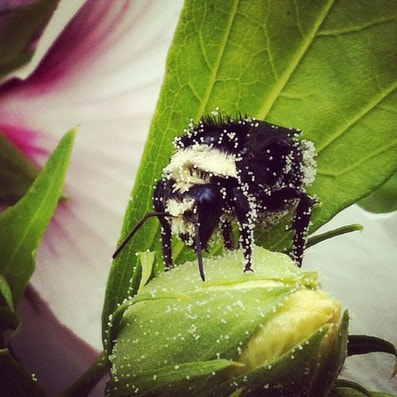 A Bombus vosnesenskii (vozzy bear bumblebee) covered in hibiscus pollen in a sidewalk garden in East Vancouver A Bombus vosnesenskii (vozzy bear bumblebee) covered in hibiscus pollen in a sidewalk garden in East Vancouver Creating a bee garden is one of the best things you can do to support our native bees! The main priorities here are providing food and nesting sites for different types of bees. Bee gardens are popping up all over, many in Vancouver. Some university campuses like UVIC and Berkeley have pollinator gardens, and Quest University in Squamish is soon to join them! (Stay tuned to this blog for how you can get involved in the fall.) Here are some guidelines to get you started on your own garden. Even doing a few things on this list will substantially help the bees! Priorities in a Bee Garden 1. Plant native plants Native plants and native bees have co-evolved together. Native bees may not be able to access non-native flowers, so focus on native plants in a bee garden (although non-native plants and weeds can be incredibly important, too! See below) Heavily hybridized flowers often stop producing nectar and pollen making them useless for bees. 2. Don't use pesticides Never use pesticides on your garden. Insecticides and fungicides have been found to be extremely dangerous to bees. Ask the managers of wherever you buy your plants and seeds from if they use neonicitinoids. These insecticides infiltrate all parts of the plant, including nectar and pollen, and affect the memory of bees making it difficult/impossible for them to find their way home. This is becoming a very hot topic, with neonics recently being found to be dangerous to birds, too! Pressure garden stores to stop using these pesticides. Home Depot, Lowe's, and Walmart plants are reportedly treated with neonics--do not buy from those stores. 3. Continuous flowering Plan your garden to have something flowering at all times. Bees need to eat every day, so try to provide flowers at all times of the season. Early and late flowering plants are especially beneficial. 4. Diversity of flower colours, shapes, and sizes Native bees are a diverse bunch! From large fuzzy bumblebees to tiny slick sweat bees, you can bet each type of bee will have its favourite type of flower. Cover your bases and plant a diverse array of flowers. 5. Plant large patches of a single flower It's easier for bees to forage if they can stick to a single species in an area. If you can't plant in large patches, don't fret, a single plant of one species if better than none! 6. Provide nest sites and materials Native bees nest in a variety of ways. Some like to live in holes in the ground, some nest in hollow stems, some in holes in wood, bumblebees will nest in abandoned rodent holes and birdhouses or at the base of ferns.... Ground nesters like bare, compact, undisturbed, well-draining soil in a variety of orientations from steeply sloping to flat. You can dig a pit and fill it with sand to create softer ground for bees, too. Plant grasses with hollow stems, and leave dead plants with hollow stems intact over the winter. Piles of hollow stems can be made to provide nesting areas. Provide a source of mud for mason bees to seal their nests with. Fuzzy plants, such as lambs ears, help carder bees make their nests. You can also make bee homes by drilling holes in wood, making bundles of hollow stems, or making wooden bumblebee boxes. Click here for more info from the Xerces Society. You can even make a insect hotel that is freestanding or mounted on a wall. 7. Providing water Provide a water container filled with rocks so the bees can climb down to the water easily. I have also observed bees drinking from moist soil and mud. Garden Management Strategies 8. Let the weeds live! Flowering weeds in the garden or lawn are great for bees! Clover, dandelions, etc. are fantastic. Let your lawn grow long, and let the weeds flower before you mow or pull them. 9. Leave vegetables to flower Let garden plants bolt and flower before pulling them out. The bees will thank you! Plant List Here is a list I have compiled from various sources that would be suitable for our area. Check out the resources below for more plant suggestions! Shrubs Blue elderberry, Sambucus cerulea California lilac, Ceanothus spp. Escallonia spp. Hardhack, Spirea douglasii King Edwards flowering currant, Ribes sanguineum Nootka rose, Rosa nutkana Ocean spray, Holodiscus discolor Red flowering currant, Ribes sanguineum Saskatoon, Amelanchier alnifolia Shrubby veronica, Hebe pinguifolia 'Pagei’ Rhododendrons Willow, Salix spp. Flowers/Herbs Under 30 cm Crocus spp. Thyme, Thymus spp. Sea blush, Plectritis congesta Sedum spp. Snow drops, Galanthus spp. Thrift, Armeria maritima Flowers/Herbs Over 30 cm Alyssum spp. Bee balm, Mondarda spp. Bellflower, Campanula spp. Chives, Allium schoenoprasum Columbine, Aquilegia spp Tickseed, Coreopsis spp. Cotoneaster spp. Cranesbill, Germanium macrorhizum, Geranium cantabrigiensis ‘Cambridge’ Douglas aster, Aster subspicatus Coneflower, Echinacea Blanket flower, Gaillardia spp. Heather, Calluna vulgaris Hollyhock, Alcea Giant hyssop, Agastache spp. Lambs ears, Stachys byzantina Lupin, Lupinus Penstemon ‘mexicali’ Purple toadflax, Linaria purpurea Sea holly, Eryngium maritimum Speedwell, Veronica spicata Tall and short grasses (species tbd) Threadleaf phacelia, Phacelia linearis Verbena vobariensis Yarrow, Achillea millefolium Fantastic Resources for Plants and General Bee Information Xerces Society Earthwise Society PDF of Native Bee Plants Environmental Youth Alliance Bee Garden Guide Bee Plant Guide SFU Elle Lab (psst I'm working here for the summer!!) David Suzuki Foundation Below is some data from the Elle Lab from Julie Wray anf Tiia Haapalainen on the most attractive garden plants for bees! Lavender is #1! (Make sure the lavender you buy is free of neonics, it is often treated in BC) Soon your yard will be buzzing with happy bees! Good luck and spread the word!
|
Michalina, Max, & BarrettMichalina, Max, and Barrett are students working on building a pollinator hotel on the Quest University Canada campus! Stay tuned for a community event, pollinator facts, and much much more!! ArchivesCategories |
||||||

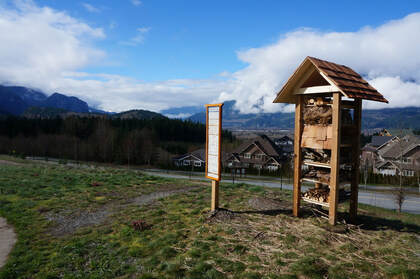
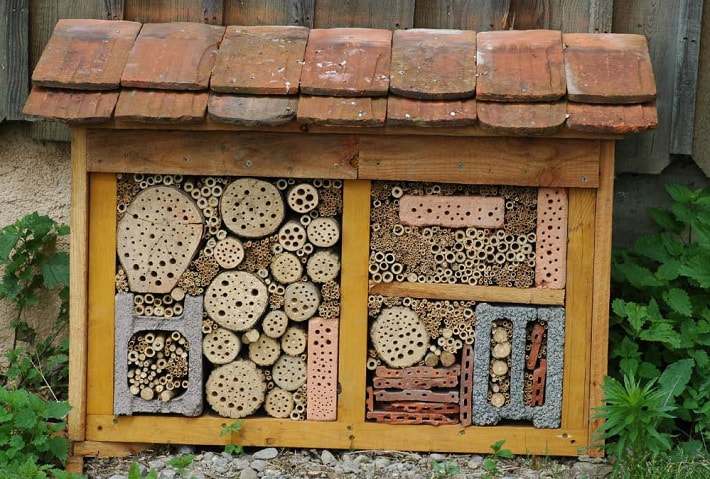
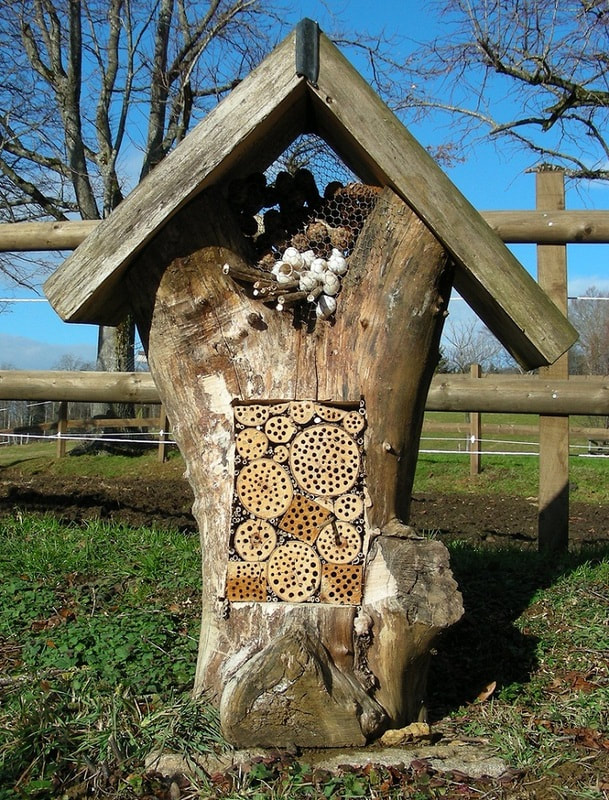
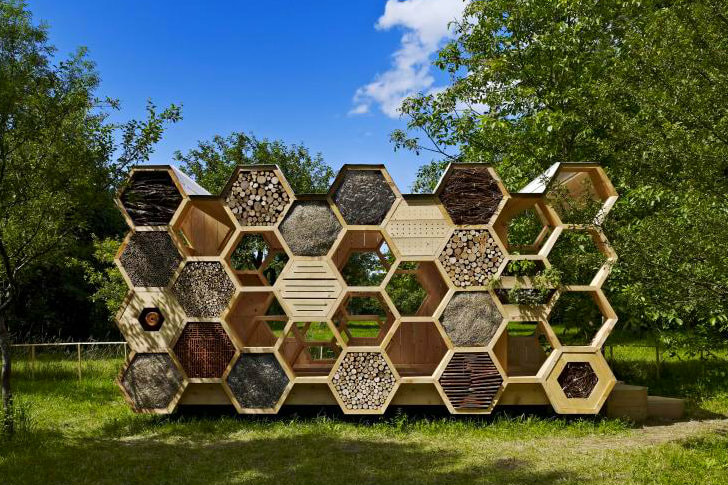
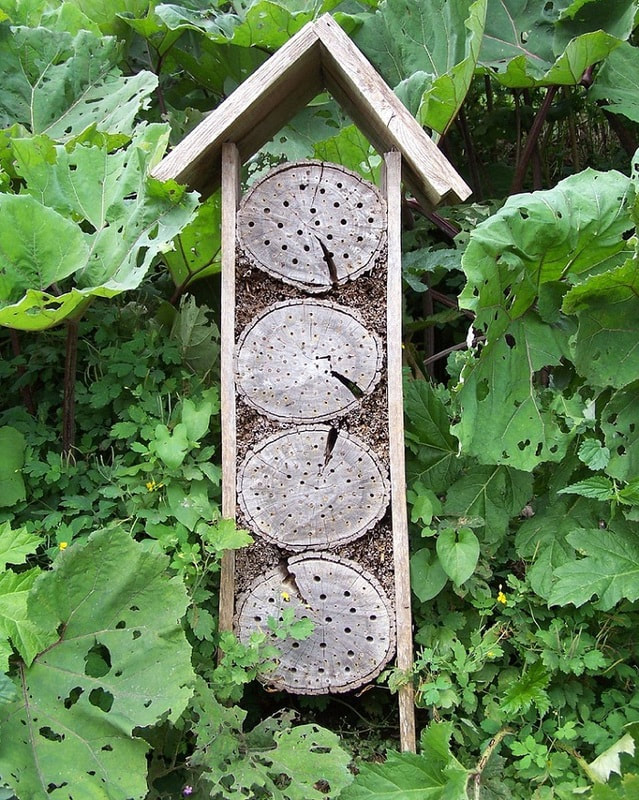
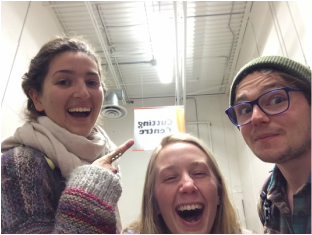
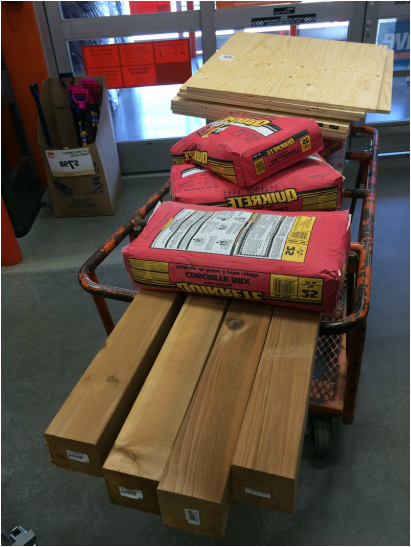
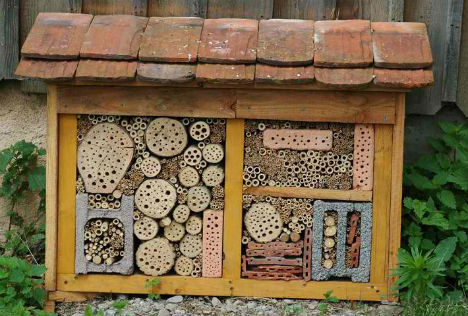
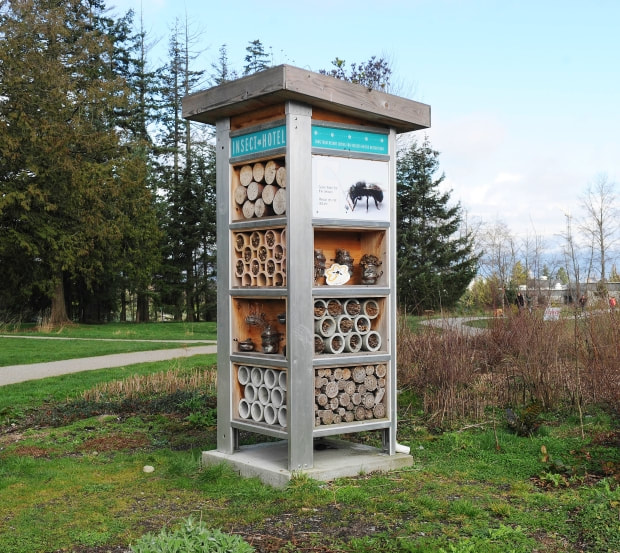
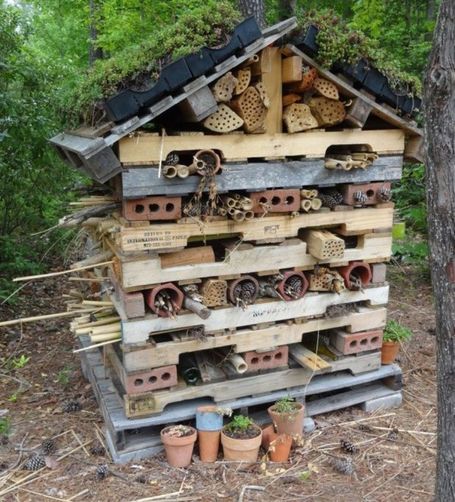
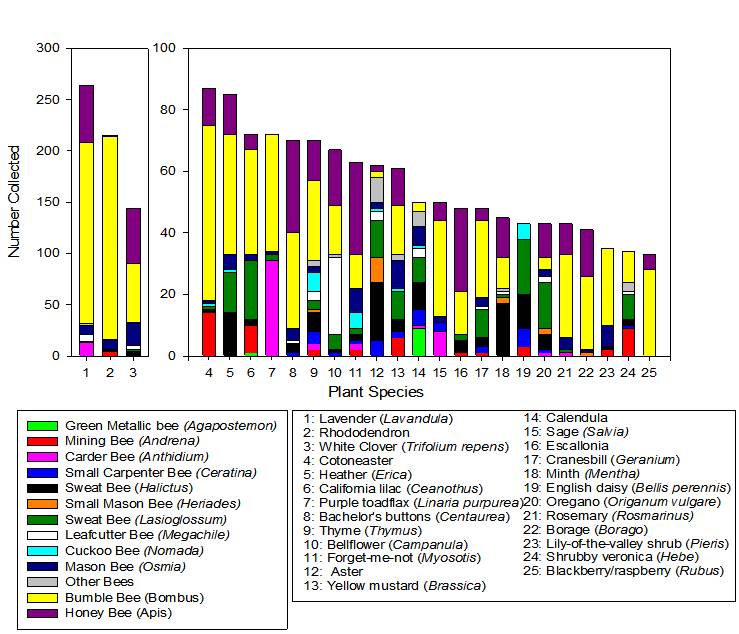
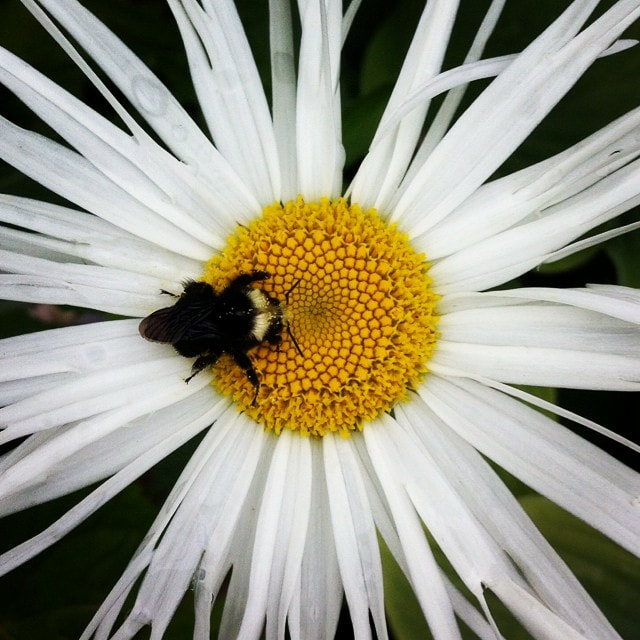
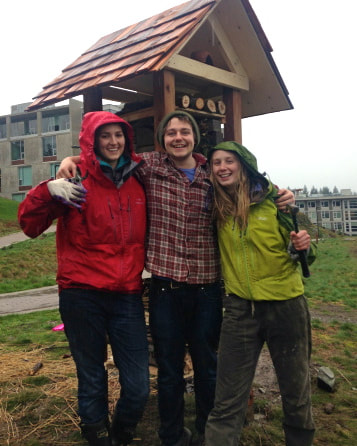
 RSS Feed
RSS Feed